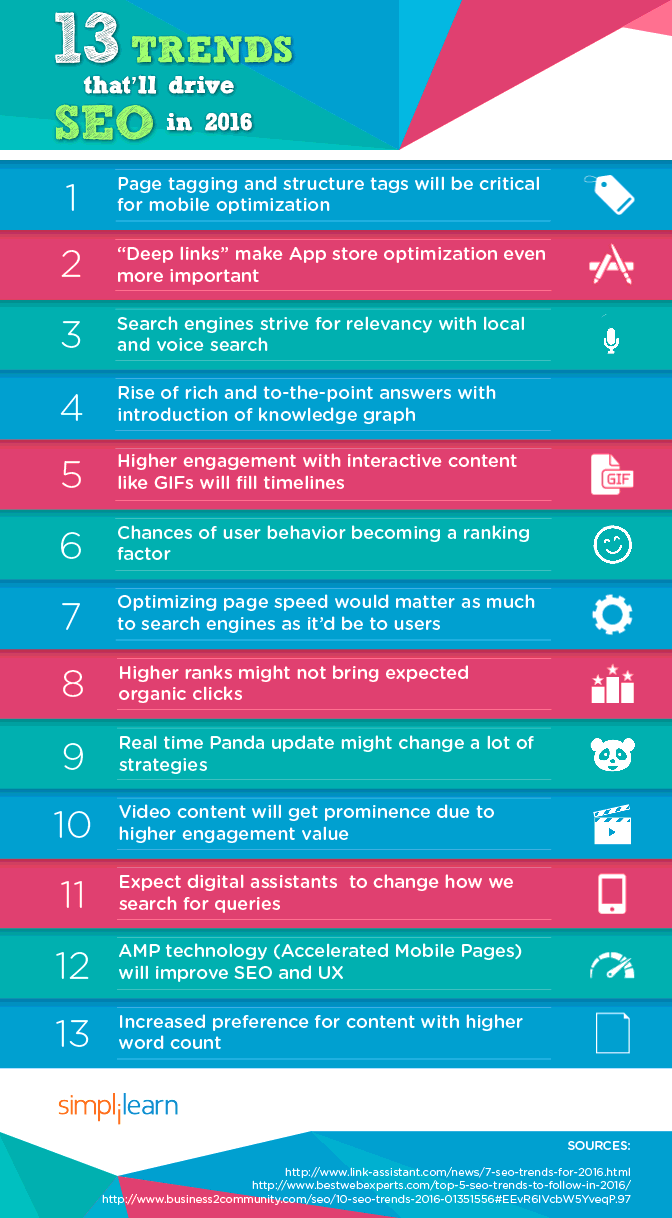You’re reading this article right now and that means YFS Magazine’s site design didn’t repel you. It means the design, content, and relevance facilitated your curiosity. Instead of getting in the way, the design ushered you down the aisle to where you feel comfortable taking a seat and staying awhile.
Your website is where people learn about your business on your terms. It’s where they first come to grasp the value of what you’re doing. Your website is your digital calling card.
Like your ideas, your company website needs to be beautiful and smart. These statistics, compiled by Hubspot, say it all:
-
4 out of 10 people bounce if a site takes more than three seconds to load
-
62% of companies increase sales with mobile-friendly site design
-
95% of respondents to an Econsultancy survey agreed that “good user experience just makes sense”
Your ideas, brilliance, and revenue are on the line. You know what’s best. Your website can reflect that knowledge.
Before you launch
If you want to create a compelling experience, the site’s design will be best friends with its content. According to Intuit, before launching a website:
-
Map out your content strategy — identify your audience, the type of content you want to post, and the voice you’re looking for
-
Brush up on SEO — Content and SEO strategy are at the heart of modern websites. Thinking about what type of content you want will help you think about the overall layout of the site.
Thinking about your audience will help you view your startup objectively, and prepare you to create a site that accurately reflects your brand.
Think responsive
According to Forbes, when people mistrust a site, 94% of the time it’s because of poor design elements, such as slow loading time. Good design paves the way for the visitor to view content. Content is linked to trust for the site 83% of the time.
Responsive website design (RWD) lowers bounce rates and increases a site’s chances of ranking higher on search engines. According to How to Get Online, 51% of traffic comes from mobile devices. RWD makes one website adaptable to any device, instead of having multiple sites and duplicate content, which Google frowns upon. Responsive web design also improves loading time for the user, makes it easier for them to share and link to content.
According to Appnovation, there are three kinds of responsive design for the end user:
-
Device responsive—serves the same content across all devices
-
User responsive—accounts for what type of device the user is using and delivers content accordingly
-
Network responsive—will account for the network through which the user accesses content, whether it’s Wif-Fi, home, or office
Right now, device responsive is the standard. But your site will be jumping ahead of the rest, and will be more likely to gain the initial trust of the user, if it’s user and device responsive. Network responsive hasn’t come about yet, but look for it as an option as RWD continues to progress.
Reconsider SEO
Responsive design is not the only consideration in SEO. The following infographic highlights some relevant SEO trends to consider:

Here are a few tips that will let you take advantage of these trends:
-
Optimize on-page SEO; URL structure should include primary, relevant keywords and should be as simple as possible
-
Include highly relevant long-tail keywords
-
Use LSI (Latent Semantic Indexing) keywords
-
Optimize heading tags and titles
-
Optimize loading speed by compressing image file size, removing bad codes, using premium hosting services or a CDN (Content Delivery Network)
-
Take advantage of AMP (Accelerated Mobile Pages)—AMP pages will rank higher
-
Plan on leaving plenty of space for, and prioritizing, video content or use services like AmazonS3
SEO is huge in terms of getting people to the site. But what about when they get there? Next, and finally, you’ll want to consider the branding elements of your site.
Nail your branding elements
According to Jared Spool, the founder of User Interface Engineering, design goes toward strengthening a brand. A brand is an investment on your part, a perception on the part of the consumer.
Brand elements include names, logos, tag lines, trademarks, and packaging—they’re shortcuts, symbols that come to represent the user’s perception of your brand.
Packaging elements include:
-
Color — according to Inspired Magazine, sites with dark colors get more traffic and page views, have lower bounce rates, and higher average on-site time
-
Layout — layouts that are too busy or complex distract users and lead to feelings of distrust
-
Font — casual font styles that are large enough for anyone to read help the user engage
As far as your logo goes:
-
Position it in the upper left hand corner of each page
-
Make it big enough to notice, but not so big it’s garish
-
Your tag line can be a value proposition, placed near your logo, telling the user what you do and why they should care
Trademarks and names essential to your brand should also consistently appear on each page.
With branding, think about the emotion you want to portray. You can select visuals and colors to reflect that emotion. Think about the tone of voice you want to have. Choose a tone appropriate for the nature of your startup. If you’ve thought about content strategy and your audience, you’ll have this nailed. If you are being real about your brand, you’ll be unique, which is important.
Putting time and care into the design—into the SEO and branding of your site—will tell users you care. If you care, they’ll be more likely to care about you, your startup, and what you’re selling.
This article has been edited and condensed.
Daniel Matthews is a freelance writer from Boise, Idaho with a passion for changing the world through writing and sharing ideas. His expertise includes entrepreneurship, technology, startups, and marketing. Connect with @danielmatthews0 on Twitter.
© YFS Magazine. All Rights Reserved. Copying prohibited. All material is protected by U.S. and international copyright laws. Unauthorized reproduction or distribution of this material is prohibited. Sharing of this material under Attribution-NonCommercial-NoDerivatives 4.0 International terms, listed here, is permitted.













